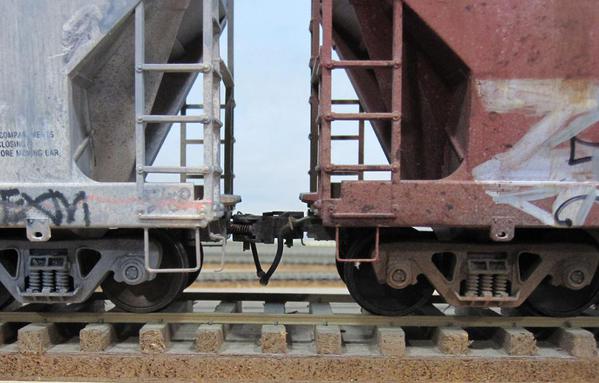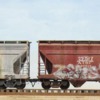I plan on using 48"&50" curve radii for my double mainline curves. How much straight track should I allow when coming off these curves with a C-40CW diesel,before I cut in my yard switch,which will be a lefthand switch?
At this time,my longest car is a 62ft bulkhead lumber car,but I'll allow for the "EXTREME" possibility I might 1 day hit the lotto & be able to afford some 89ft autoracks. I'll be using Protocraft type operating couplers.
Also,since the majority of my cars are Atlas,&the coupler mounting holes,well 1 of them,doesn't line up 100% with Kadee or Protocraft coupler boxes,what is the best suggestion to remedy this problem? I'm sometimes able to "crowd" the second screw into working well enough,but sometimes it doesn't work. I've drilled a 2nd hole,but then the 2 are so close,1 big hole remains making using 1 screw impossible. I put a 2-56 screw in a problemed hole like this without taping.I just gently screwed the 2-56 screw in place & at least for now,it's holding,but I don't know if this is sound procedure to count on or not?
Also,has anyone heard if O Scale will ever get any of the Magnelock airhoses? There's an improved 2nd generation of them now in HO I just saw in an advertisement from Pacific Western Rail Systems.
Thanks to all in advance for all your great help.![]()
Al Hummel




























